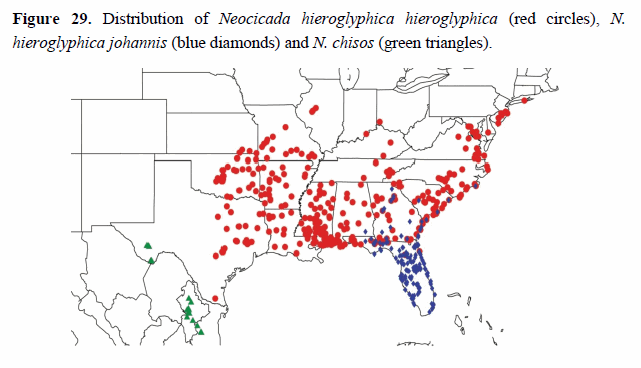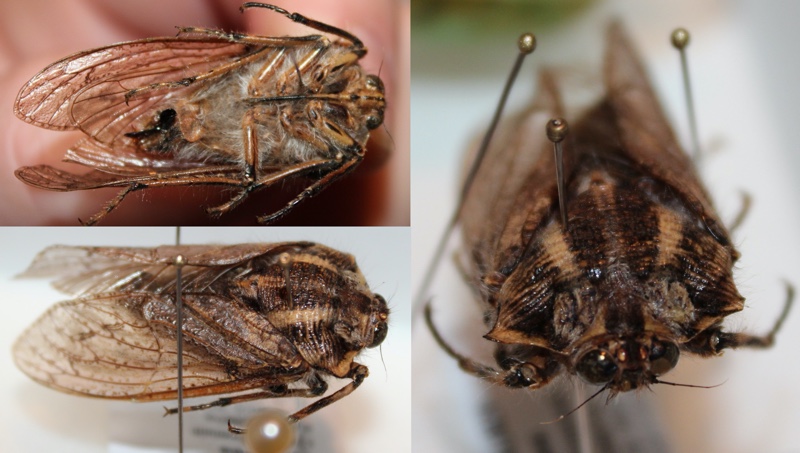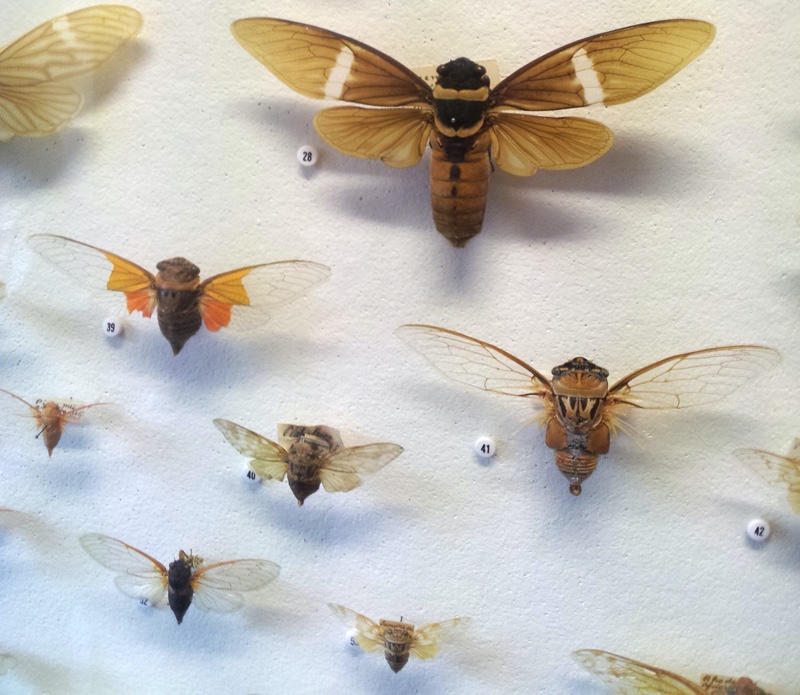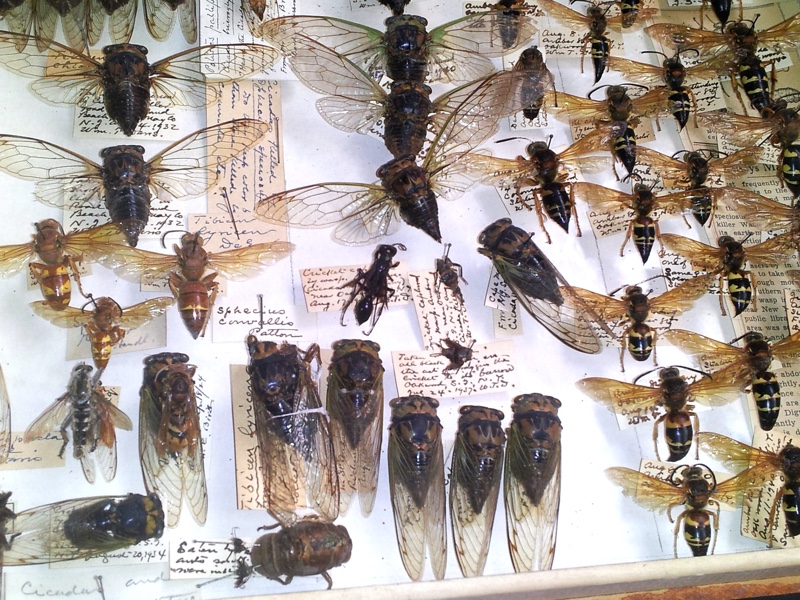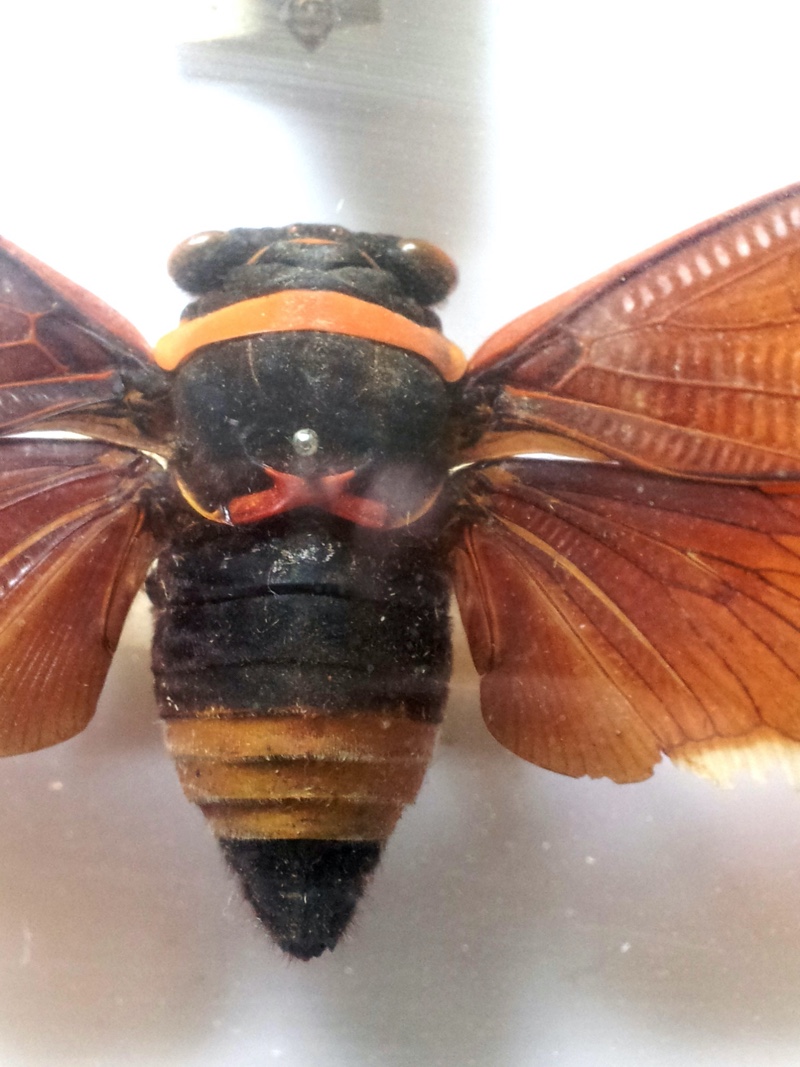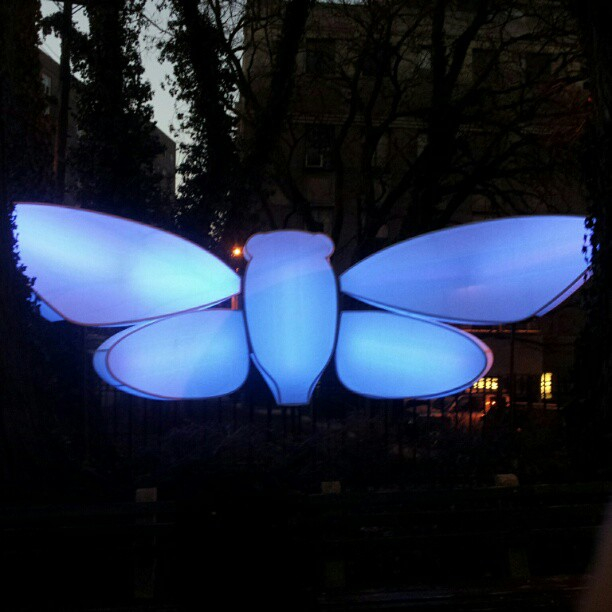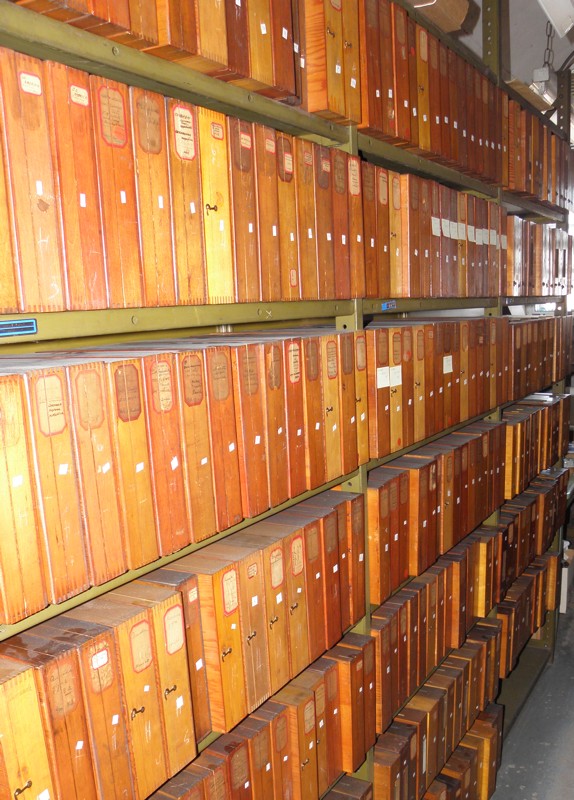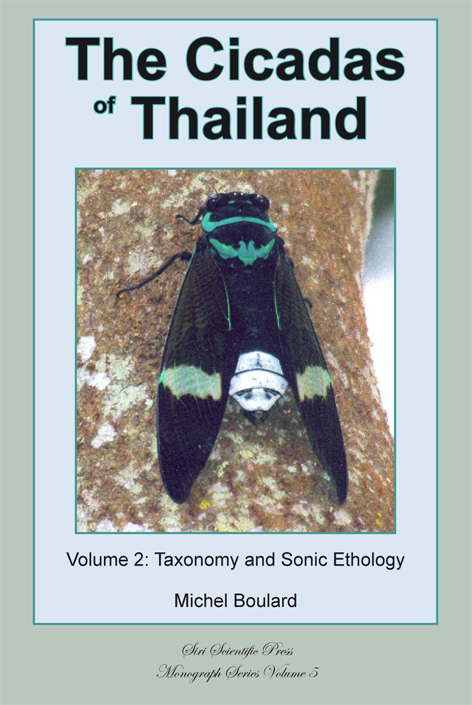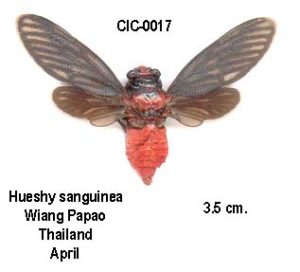Download the PDF here: www.cicadamania.com/downloads/diversity-05-00166.pdf.
We are excited to announce the availability of a document by Allen F. Sanborn and Polly K. Phillips titled Biogeography of the Cicadas (Hemiptera: Cicadidae) of North America, North of Mexico. This document features distribution maps for North American cicada species! This document is an excellent companion to The Cicadas (Hemiptera: Cicadoidea: Cicadidae) of North America North of Mexico by Allen F. Sanborn and Maxine S. Heath (link to that book).
Abstract: We describe and illustrate the biogeography of the cicadas inhabiting continental North America, north of Mexico. Species distributions were determined through our collecting efforts as well as label data from more than 110 institutional collections. The status of subspecies is discussed with respect to their distributions. As we have shown over limited geographic areas, the distribution of individual species is related to the habitat in which they are found. We discuss the biogeography of the genera with respect to their phylogenetic relationships. California is the state with the greatest alpha diversity (89 species, 46.6% of taxa) and unique species (35 species, 18.3% of taxa). Texas, Arizona, Colorado and Utah are the states with the next greatest alpha diversity with Texas, Arizona and Utah being next for unique species diversity. Maine, New Hampshire and Rhode Island are the states with the least amount of cicada diversity. Diversity is greatest in states and areas where there is a diversity of plant communities and habitats within these communities. Mountainous terrain also coincides with increases in diversity. Several regions of the focus area require additional collection efforts to fill in the distributions of several species.
Keywords: cicada; distribution; Diceroprocta; Tibicen; Okanagana; Okanagodes; Cacama; Magicicada; Platypedia; Cicadetta
An example of a map from the document:
